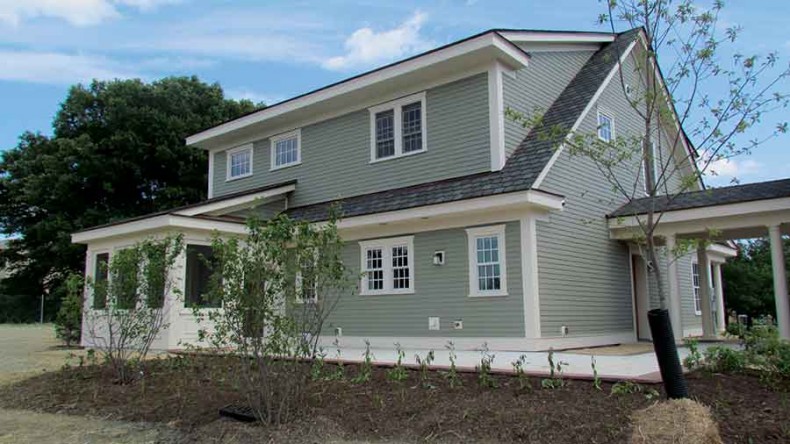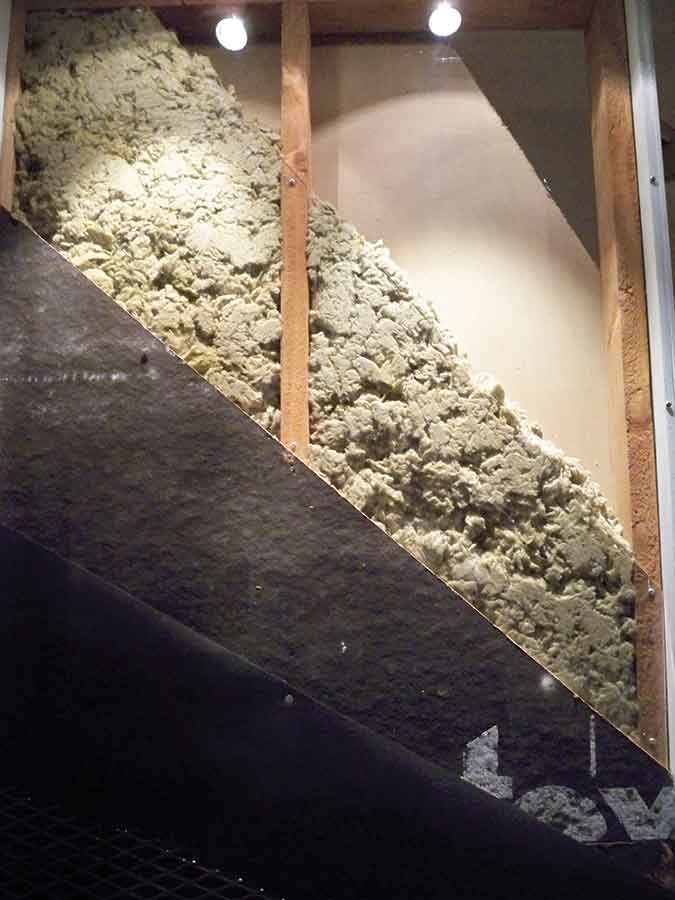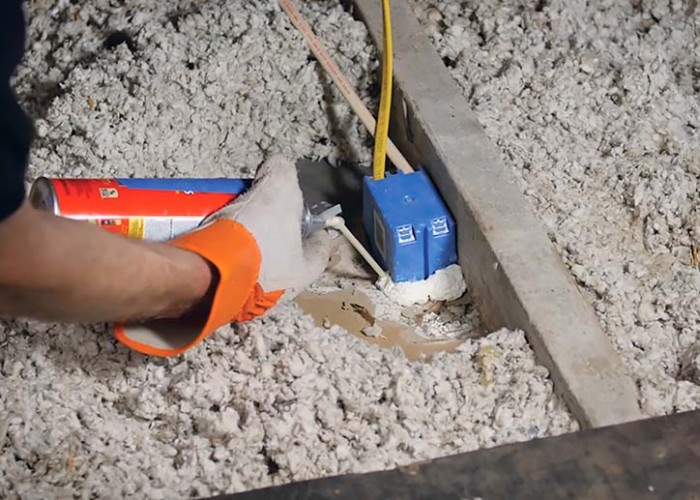Energy Efficiency Considerations for Homebuyers
Know the questions to ask about energy features
By Pat KeeganMany homebuyers do not consider energy costs when house hunting, which are significant expenses for any home. The average home costs approximately $2,000 in energy expenses per year. Small savings can really add up over the life of the home!
The type of new home you’re in the market for can have a strong influence on energy performance. For example, the size of a home is one of the most important factors that will determine energy costs. As square footage increases, lighting requirements increase, and more importantly, the burden on heating and cooling equipment increases.
In general, newer homes have better energy performance due to advancements in building codes, but buying a new home does not guarantee efficiency. Building codes are not always enforced, and a minimum-code home is not nearly efficient as homes built to a higher standard. For example, if energy efficiency or green features are a high priority, look for homes that have Energy Star®, Built Green or Leadership in Energy and Environmental Design (LEED) certifications.
Newer manufactured homes are typically much more efficient than older manufactured homes but do not have to meet the same energy code requirements of site-built homes. Residents of manufactured homes spend about 70 percent more on energy per square foot of living space than residents of site-built homes. Manufactured homes built after 1994 or that have an Energy Star label have superior energy performance.
For those settled on a specific home, one of the first factors to consider is how the energy performance of that home compares to similar homes. Although you may request electricity, natural gas or propane bills from the sellers so that you can estimate the cost to heat and cool the home annually, this is not a precise measure of home energy performance.
The Home Energy Rating System (HERS) Index is like a “miles per gallon” rating for a home that allows consumers to comparison-shop based on energy performance, similar to the way they can comparison-shop for cars. A certified RESNET Home Energy Rater will need to inspect the home and develop a HERS rating. This rating can be done during the inspection process, or you may request a HERS rating from the seller.
Although many homebuyers focus on energy features that have the strongest impact on the aesthetics of the home, such as windows and lighting fixtures, it’s the hidden systems like appliances that have the most impact on energy performance. Heating and cooling systems consume about half of a home’s energy use and are costly to replace. If the home’s heating system is more than 10 years old, it may be necessary to replace it in the near-term. And if the seasonal energy efficiency rating (SEER) for the home’s air conditioning system is less than 8, you will likely want to replace it.
A home’s building envelope insulates the home’s interior from the outdoor environment and includes features like doors, walls and the roof. If the quality of the building envelope is compromised, it can contribute to higher heating and cooling costs. R-Value is the thermal resistance measurement used for insulation, indicating its resistance to heat flow. You may want to learn about the recommended R-value for homes in your region so you will have a general sense about the quality of a home’s building envelope.
If energy investments will play a big role in determining what house you make your future home, it can be helpful to call your local electric cooperative — many can assist with energy audits and provide information on incentives for energy efficient heating and cooling equipment.
About the Author
This column was written by Pat Keegan of Collaborative Efficiency.-
More energy efficiency tips
-
Share this story:







